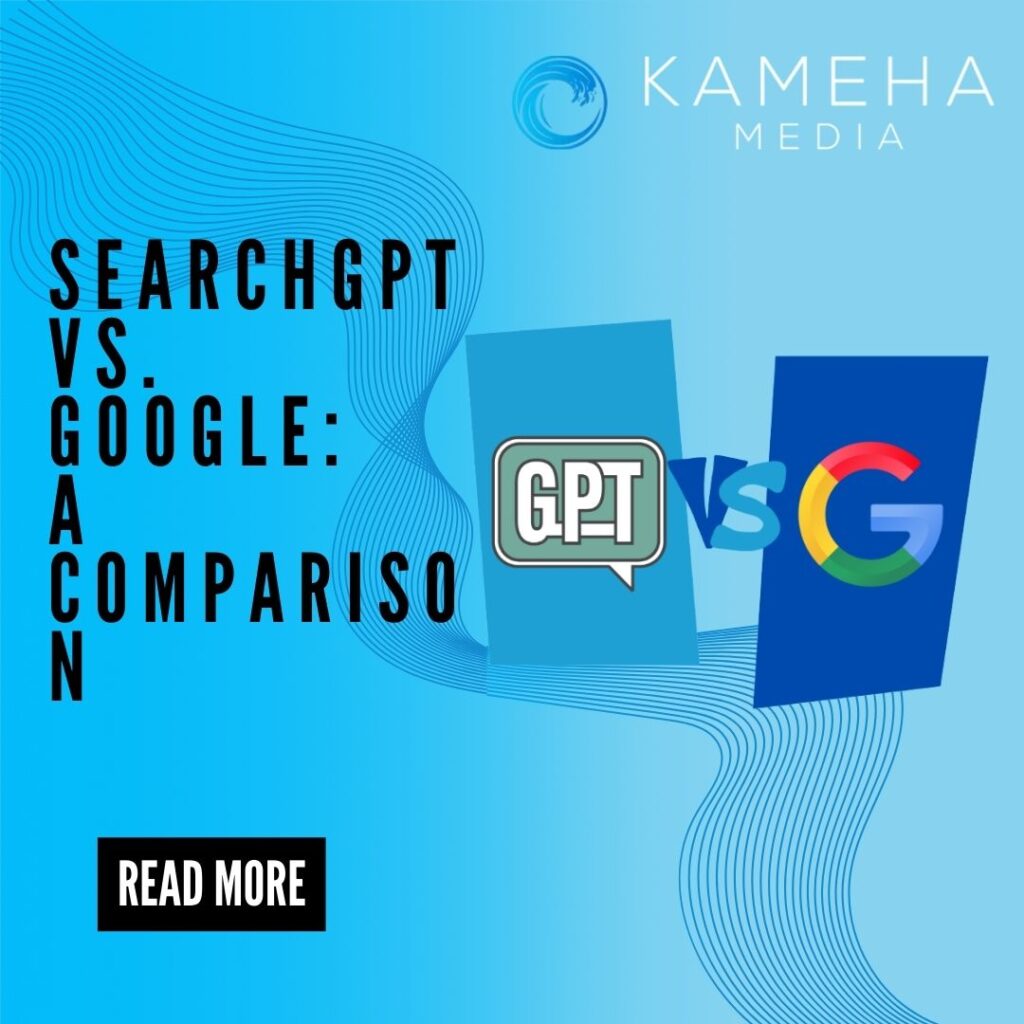In today’s fast-paced digital landscape, advertising has evolved beyond traditional methods to encompass a wide array of digital strategies. Understanding the different types of digital advertising is crucial for businesses aiming to effectively reach their target audience in the online realm. This comprehensive guide explores the diverse landscape of digital advertising, shedding light on various strategies and their unique attributes.
Search Engine Advertising
Search Engine Advertising, often referred to as Search Engine Marketing (SEM), is a form of online advertising that aims to increase a website’s visibility in search engine results pages (SERPs). Advertisers bid on keywords relevant to their target audience, and their ads appear prominently when users search for those keywords. Google Ads and Bing Ads are popular platforms for search engine advertising.
Social Media Advertising
Social Media Advertising leverages the vast user bases of platforms like Facebook, Instagram, Twitter, and LinkedIn to promote products or services. Advertisers create targeted campaigns based on demographics, interests, and behavior, ensuring that their messages reach the most relevant audience. Social media advertising offers various ad formats, including image ads, video ads, and carousel ads.
Display Advertising
Display Advertising involves the placement of visual ads on third-party websites, typically in the form of banners, images, or interactive multimedia. These ads aim to capture the attention of users as they browse different websites. Display advertising networks, such as Google Display Network, enable advertisers to reach a broad audience across numerous websites through automated placements.
Video Advertising
Video Advertising capitalizes on the growing popularity of online videos. Advertisers create engaging video content that may appear as pre-roll ads before or during online video content. Platforms like YouTube and social media channels offer opportunities for advertisers to connect with their audience through compelling video messages.

Native Advertising
Native Advertising seamlessly integrates promotional content into the user’s online experience, making it appear less intrusive than traditional ads. This type of advertising matches the form and function of the platform on which it appears. Sponsored articles, sponsored social media posts, and promoted content on news websites are common examples of native advertising.
Email Marketing
Email Marketing remains a powerful digital advertising tool for building and nurturing customer relationships. Advertisers send targeted messages directly to a user’s inbox, offering personalized content, promotions, and updates. Successful email marketing relies on segmentation and personalization to deliver relevant content to specific audience segments.
Affiliate Marketing
Affiliate Marketing is a performance-based advertising model where businesses reward affiliates (publishers or influencers) for driving traffic or sales to their website through the affiliate’s marketing efforts. This collaborative approach allows businesses to expand their reach through a network of affiliates who earn a commission for each successful conversion.
Influencer Marketing
Influencer Marketing leverages the influence of individuals with a substantial online following to promote products or services. Brands collaborate with influencers whose audience aligns with their target demographic. Influencers create content featuring the brand, helping to build credibility and trust among their followers.
Remarketing
Remarketing, also known as retargeting, involves showing ads to users who have previously interacted with a website or mobile app. This strategy aims to re-engage users who may not have completed a desired action, such as making a purchase. Remarketing ads appear across various online platforms, reminding users of products or services they previously viewed.
Programmatic Advertising
Programmatic Advertising utilizes automated technology to buy and optimize digital ad inventory in real-time. This data-driven approach allows advertisers to target specific audiences and adjust their campaigns dynamically for optimal performance. Programmatic advertising is commonly associated with display, video, and native advertising.
Conclusion
In the dynamic realm of digital advertising, businesses must navigate a diverse landscape to effectively reach and engage their target audience. From search engine advertising to influencer marketing, each type of digital advertising offers unique advantages and caters to different marketing goals. By understanding the varied types of digital advertising, businesses can tailor their strategies to maximize visibility, engagement, and ultimately, return on investment in the ever-evolving digital space.



